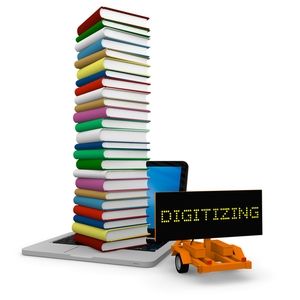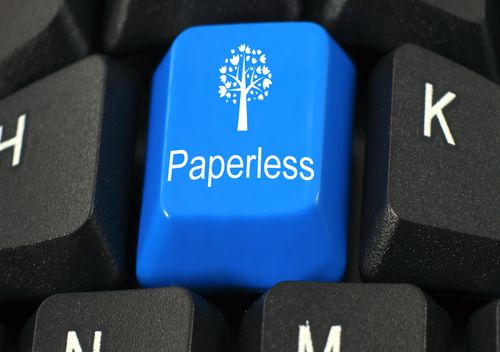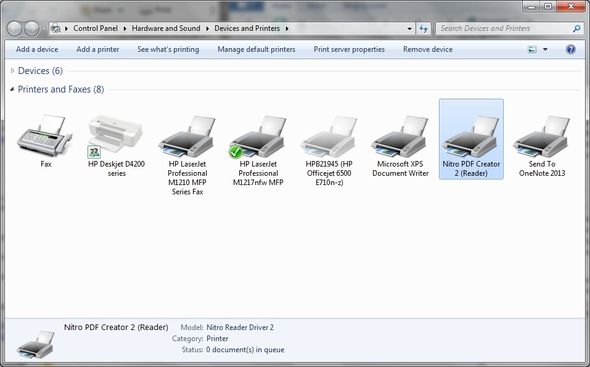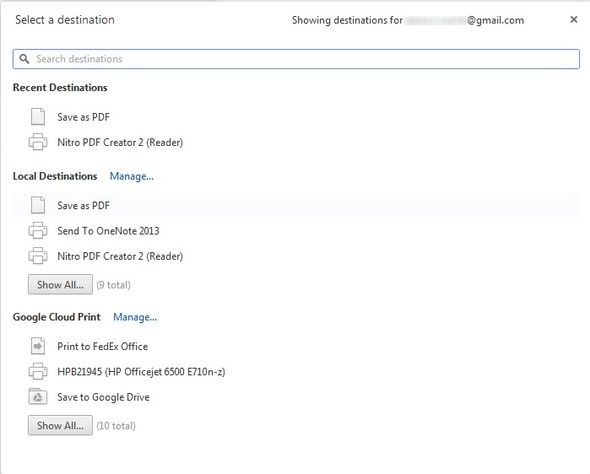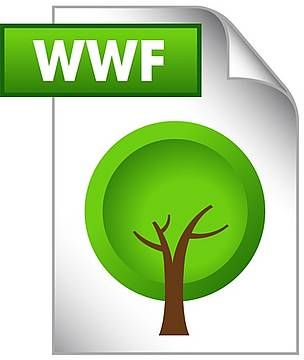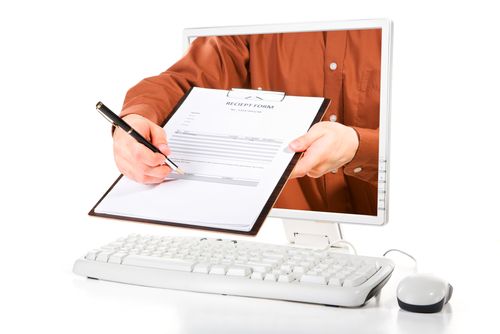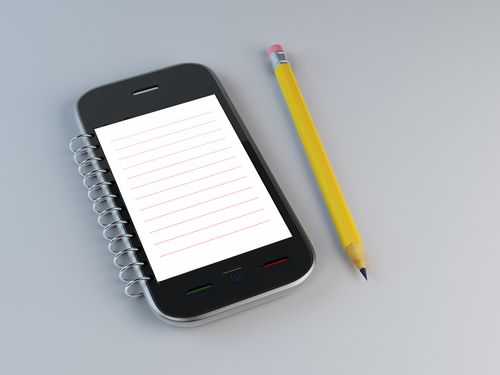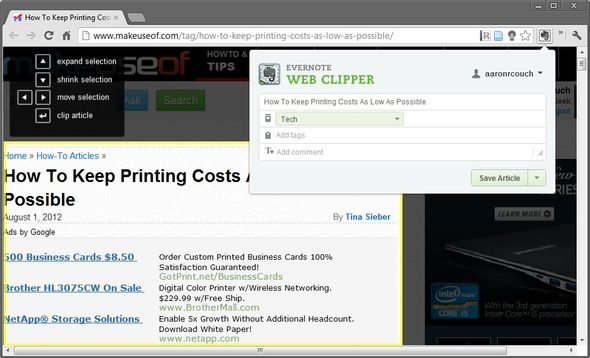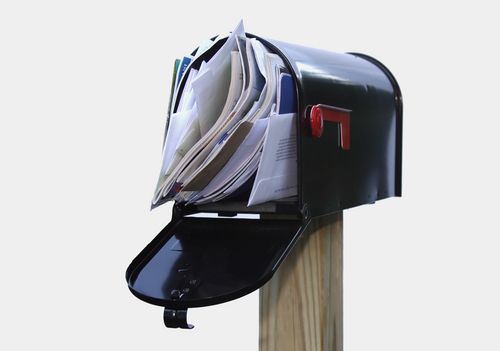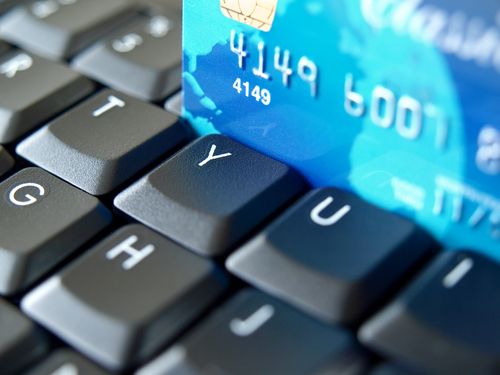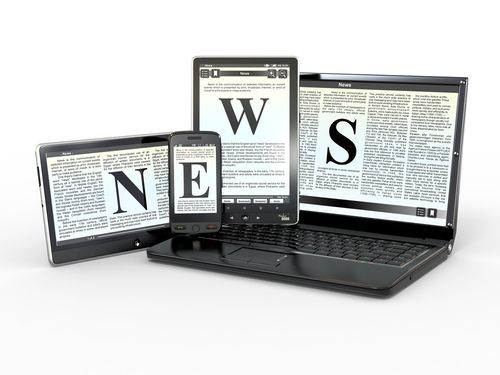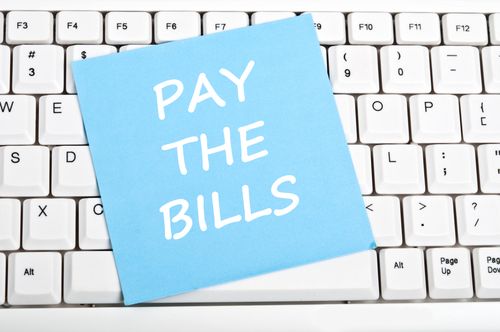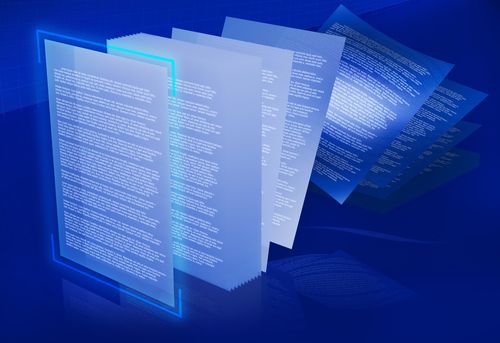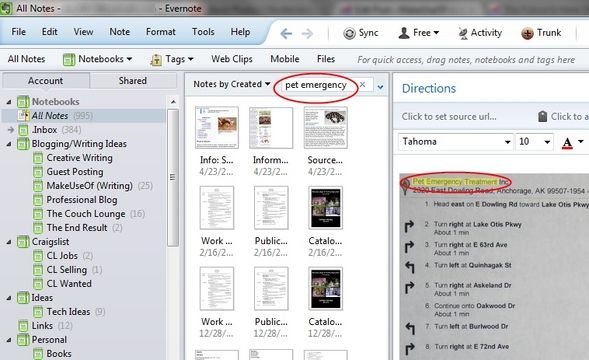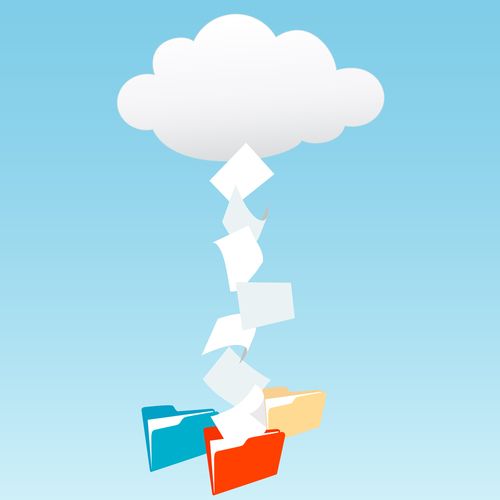Paperless – a term that is used quite often now days. But what does it mean? And to what extent does it apply? Certainly we all still use paper to some degree despite the advancements in technology, so how can we go completely paperless?
Well, the truth is, there will likely always be some form of paper, but the problem doesn’t lie in using paper itself, but instead having awareness for the amount used and methods of which it is being used for.
All in all, despite the paperless tips that are presented to you in this article, ultimately it is up to you to make it happen. So as you read, think to yourself how you might be able to carry this out in your life. If there is something which you feel is likely not for you, instead of shutting the door completely, try pondering what it might take to make it happen. Often, the initial thought is that it won’t work, but usually after some serious thought and deeper research, you might discover some neat ways to make it happen.
Alternatives To Printing & Paper Notes
Printing can be beneficial, there’s no doubt about that. Sometimes it’s nice just to have the document in hand and sometimes it’s necessary to as well. When that’s the case, it’s important to know how to keep the printing costs as low as possible. However, often we just click print without thinking twice. What are we really going to do with that receipt from the online shopping store that we just printed out? It’s nice to have it for the records, but does it really need to be printed? Probably not.
Print To PDF
"Printing" to PDF can be done with a variety of tools – some of which are browser plugins and others are programs. We’ve shared a couple of ways on MakeUseOf to do it with PDF995 and Print To Pages in Firefox. Personally, I use Nitro PDF and highly recommend it as a PDF reader. It also includes a "print to PDF" application.
However, you may not even need a program that does this. Google Chrome can save what you are printing right to a PDF.
Other options are to use Google Cloud Print within Google Chrome to save to Google Drive. I might also note that Microsoft OneNote also has a feature which your computer recognizes as a printer and can send the document there.
Save As WWF, Save A Tree
You might be familiar with the World Wild Fund for Nature (WWF). In their "Think before you print" movement, they have addressed a major issue – unneeded printing. Sure you might be go paperless, but how can you ensure others start as well?
They have created a file format called a WWF – a PDF that can’t be printed. Once you’ve installed the software, you’ll be able to save files in this format. The format can be opened with any PDF file, but obviously not printed.
Electronically Sign Documents
If signing documents is a big reason why you print out documents, you might want to consider signing them on your computer. There are devices which you can purchase to do this and programs to help you easily do it. Many PDF readers, such as Nitro PDF or Adobe (eSignatures), have the features embedded in them. But there are many other tools which can do this too.
Including, but not limited to: Hellofax, PDFPen, MyLiveSignatures, DocShaker, MiddlePost, DocuSign and SignNow. The choice is up to you what you use, but I encourage you to look into it if it is something you do often. If it’s more of "once in a blue moon" sort of thing, the tradeoff may not be as big, but if you are truly wanting to go completely paperless and it would make organizing your documents easier, then I recommend it.
Use Your Smartphone For Notes
Perhaps you don’t have a smartphone (I don’t either) and if you don’t I will say from firsthand experience that going completely paperless is often difficult. However, if you do have a smartphone you can really take advantage of its "paperless features". The first advantage to having a smartphone is simply that you always have it. This means that you don’t need to make sticky notes and plaster them all over your work area. Simply create a note in your phone (there are lots of apps that do this) and you don’t have to worry about forgetting that piece of paper you left on your desk with your shopping list, so and so’s phone number, etc.
Also, there’s often the ability to set a reminder for notes in your smartphone – sticky notes can’t do that, especially if you lose or forget to bring them with you.
Of course the same can be applied to tablets as well, however despite their portable advantages, they aren’t nearly as mobile as a smartphone.
Clip Webpages Instead Of Printing Them
Lastly, the Evernote Web Clipper is a very handy tool for saving information. I will expand on Evernote a little more later on, but this tool is excellent. It’s available as a browser extension and bookmarklet, but of course you need an Evernote account to use it – which you should get! Web Clipper can detect and save articles or selected text. This means you can save just what you want to read and nothing else.
Cutting Down On Mail
There are so many things that clutter your mailbox, which lead to cluttering your desk or kitchen table - bank statements, bills, magazines, newspapers, not to mention newsletters and plain junk mail. How do you get rid of it all? Well, there are several ways you can cut down on mail, incoming and outgoing.
Get Your Bank Statements Via Email
The first thing you can do is notify your bank that you would like to receive statements by email. I don’t know about yours, but my bank is constantly promoting this – even to people like me who already have enabled it. You likely won’t even need to talk to your bank, but you should be able to access the setting within your online banking account.
Fill Out Forms Online
Instead of printing out forms, filling in the information and spending postage to mail it, many services, even government organizations, offer the ability to fill out forms and send them online. Many times they prefer this actually, so before you go into those crowded government buildings, try to see if you can complete the task from the comfort of your home.
Email Invoices (For Businesses)
If you own a business, you likely have a lot more paper to deal with than the average homeowner. One way to cut this down dramatically is to reduce the amount of outgoing mail, e.g. invoices. Of course there are lots of other documents as well, but invoices seem to be one of the major ones. Your customers will likely appreciate your paperless efforts too.
Get Your News & Information Online
Instead of getting the daily newspaper, try getting just the weekly addition. Or better yet, cut it out completely. The beauty of the Web is that we have an endless amount of information at our fingertips. You can check all the big news sites on your own and get the information for free, so why pay for it?
However, if you do still want the newspaper (because it does have it’s advantages), a lot of the major publishers allows you to subscribe to an electrical version. This goes for magazines as well.
As a bonus, if you have an eReader, you can likely get them sent right to it! I’ve actually written an article on MakeUseOf on sending web articles (which might even replace the need for your magazines completely) to your Kindle.
Unsubscribe From Mailing Lists
Believe it or not, you can get rid of a lot of that mail. Sadly, it might take some time, but there is an excellent resource on WikiHow that explains different ways to do it – numbers to call, organizations to write, and techniques to remember to do.
Pay Your Bills Online
Last, but certainly not least is paying your bills. It is probably one of the biggest ways to reduce paper and save time in the process. Often you can get email reminders from companies instead of mailings and you can even automate the process so you don’t even have to think about making the payments – just make sure you have the money in your account.
Scan Existing & New Documents
The best way to convert your existing documents to a digital file is to scan them in. I recommend using the PNG format, as the JPEG format is lesser quality. If you have a large scanner, great, however if all you have is a smartphone, don’t worry – in fact, you might begin to prefer it over traditional scanners.
There are many apps available to scan documents. Why can’t you just snap a photo with your phone’s camera? Well you can, however, you might find that many of the apps specifically created for scanning have more features that will result in a better scanned document.
Use A File Organizer, Preferably With OCR
Now that you are scanning both your existing and new documents, you need to manage them. There are definitely some techniques and methods you need to use to do this and I have written an article about this on MakeUseOf as well. It’s crucial to your move to being paperless to make sure you start it right from the beginning – even if so far you haven’t been very good about organizing.
After you have the fundamentals of organizing down, the software will be much more beneficial. There are a couple of different programs that I recommend. One being the all-famous, Evernote. In my opinion, it’s great. It’s not just a program for going paperless, it’s a program for whatever you want it to be – that’s what I love about it – it’s universal and it conforms to how you work.
One of the big features of Evernote is its ability to detect text within images - otherwise known as OCR or Optical Character Recognition. This means that if you scan a document in and save it as an image, then later on search for something within the document, Evernote will scan and find the text within the image.
We’ve recently published an entire guide on using Evernote, so I recommend you check that out as well as become familiar with the other articles about it on MakeUseOf.
The other tool is Doxo. It is focused on helping you go paperless and is an excellent tool to do so.
https://www.anrdoezrs.net/links/7251228/type/dlg/sid/UUmuoUeUpU62775/https://vimeo.com/24802234
Sync Your Documents Across All Devices
You likely have more than one device and one of the benefits of going paperless is not having to take that paper note or document with you. However, having to copy and paste the document from device to device is almost more of a nuisance. Thankfully, there are plenty of cloud services to pick from to help with this issue. From SugarSync to Box to the "big three" – Google Drive, SkyDrive and Dropbox, you have a lot to choose from.
Conclusion: Helpful Methods To Adopt
In addition to these different things you can do, in reality it is all up to you to go paperless. Just like managing your files, if you don’t make the effort and have the right things in place, it won’t work very well. I would like to refer you to this article on LifeHack which addresses that even more. I feel it’s quite important to get that established before any techniques or other methods are tried.
Other things you can do to go paperless are to simply go to the library and borrow a book instead of buying it. Recycling is very important and can be done more than just the traditional way, but also by using both sides of the paper instead of using a new sheet. Reusing it as scratch paper or other purposes is great to do too.
Make sure not to overprint. Remember – "think before you print". Also, before you print a document, see if adjusting the font size and type as well as the page margins reduces the number of pages. Of course, some documents, whether for school or professional purposes, require a certain format and layout. These things can’t be avoided, but do remember to refer back to Tina’s article, which I referenced to earlier, on how to cut printing costs.
Other ways to cut costs when printing from the Web are to use websites like PrintWhatYouLike and PrintFriendly to remove everything from the page such as ads, additional images or links, etc. so that you only get what you want on the page.
Lastly, you need to backup. Now. Don’t put it off. One of the benefits of going paperless is having backups in case something were to happen to the original file, so make sure you don’t put this off.
I thought this video could be quite helpful in getting you started in the direction of going paperless. The video is from SmallBusinessDoer [No Longer Available] and the founder of DocumentSnap.
http://youtu.be/G7VJopCHem0
Have you gone paperless? If so, how has it changed your life? What are your overall thoughts on going paperless?
Image Credits: Books on Laptop via Shutterstock, Paperless Keyboard Key via Shutterstock, eSignature via Shutterstock, Smartphone Notepad via Shutterstock, Pay Bills via Shutterstock, Junk Mail via Shutterstock, Online News via Shutterstock, Transformation of Paper via Shutterstock, Files In Cloud via Shutterstock, Online Banking via Shutterstock, WWF

